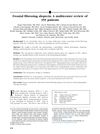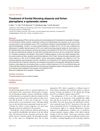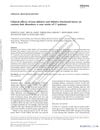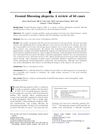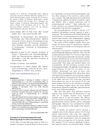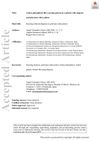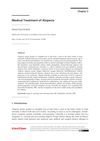Frontal Fibrosing Alopecia: Increasing Cases and Treatment Options
January 2017
in “
British Journal of Dermatology
”
frontal fibrosing alopecia primary cicatricial alopecia scarring hair loss frontotemporal hairline eyebrow thinning eyelash loss hormonal theories immune-mediated theories topical corticosteroids minoxidil systemic agents finasteride dutasteride hydroxychloroquine hair grafting laser therapy frontal fibrosing alopecia severity index FFA scarring alopecia Rogaine Propecia Avodart Plaquenil hair transplant laser treatment FFASI
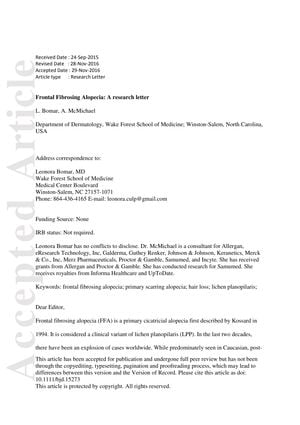
TLDR Frontal fibrosing alopecia is a scarring hair loss condition mainly affecting older women, with no known cause and treatments that may help stabilize hair loss.
Frontal fibrosing alopecia (FFA) is a form of primary cicatricial alopecia that has seen a global increase in cases over the past two decades, affecting mainly post-menopausal Caucasian women but also other ethnicities and demographics. The condition is characterized by scarring hair loss at the frontotemporal hairline, often accompanied by eyebrow thinning, eyelash loss, and other features. The exact cause of FFA is unknown, but hormonal and immune-mediated theories have been proposed. Treatments are not standardized, but topical corticosteroids, minoxidil, and systemic agents like finasteride and dutasteride have shown some promise in stabilizing the hairline and inducing minimal hair regrowth. Hydroxychloroquine also shows potential, while other treatments like hair grafting and laser therapy have had limited success. The development of the frontal fibrosing alopecia severity index (FFASI) is a step towards standardized assessment of FFA and its treatments, but more research is needed to understand the disease better.
